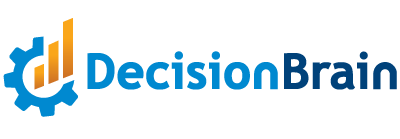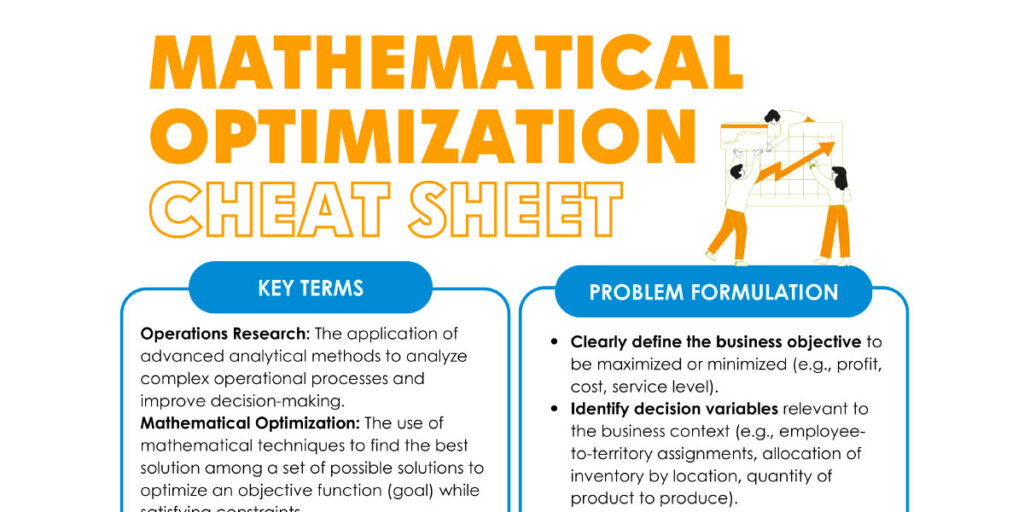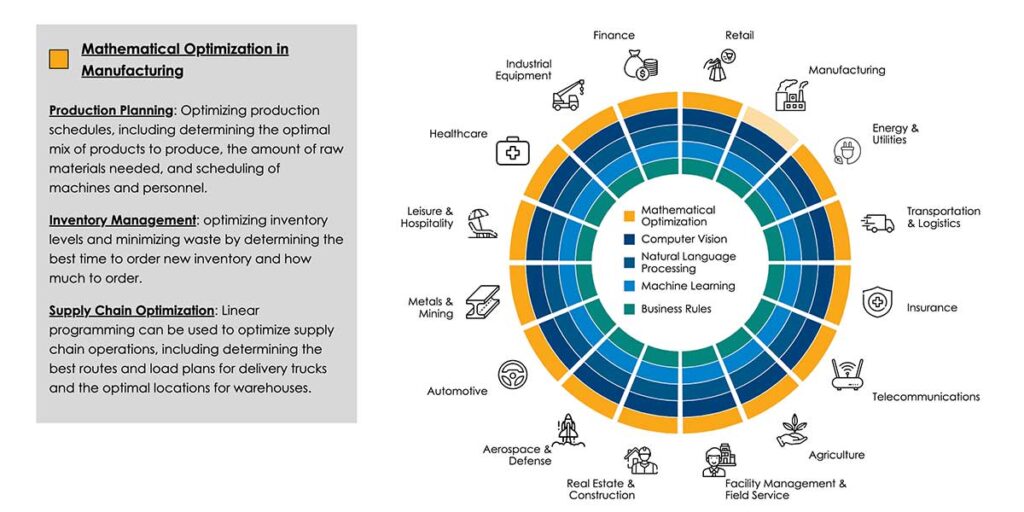Blog
7 Smart Approaches to Workforce Optimization – Without Layoffs
“Workforce optimization” can have a negative connotation—it’s often seen as code for layoffs, but this is a misuse of the term. What workforce optimization really means is using your staff in a way that aligns with various business objectives. And this is where things can get interesting—and difficult. That’s because your objectives might conflict. For example, how can you schedule your workforce in a way that provides great customer service while also keeping costs low, distributing work fairly and, to the extent possible, satisfying employee preferences?
Here are 7 specific approaches to achieve workforce optimization:
1. Plan Ahead
Many organizations focus heavily on improving their scheduling, but that only gets you so far if you don’t have the right mix of people onboarded and trained when needed. You want to ensure that the right skills are in place at the right time to meet your expected demand. This is called strategic planning, and there are tried-and-true methods for doing this. Some of the best methods are powered by mathematical optimization, which you can read more about in Chapter 6 of our Complete Guide to Workforce Optimization.
2. Improve Your Forecast
Planning and scheduling are nearly impossible to do well without a solid forecast. Focus on making incremental improvements to your forecasting methods. There are two types of forecasts to work on:
- Demand for labor – how many staff members, by skill and by day/shift/time you need
- Workforce capacity – how much of your workforce is available at any given time, considering holidays, training, or historical patterns like employee illnesses or no-shows.
Both forecasts are equally important, so keep refining them.
At DecisionBrain we’re experts in demand planning and forecasting using both simple methods as well as advanced AI methods.
3. Cross-Train Your Team
Let’s say you run a blood donation center where you employ both office staff (e.g., medical historians) and phlebotomists. If you’re struggling to hire enough phlebotomists, you could cross-train some administrative staff to perform basic phlebotomy when needed. This approach takes some time due to employee ramp up, so it’s not a quick fix, but it can be a long-term solution that also boosts employee satisfaction. Cross-training makes your team more versatile and gives staff new skills, increasing their value to the organization. Plus, you can be smart about how you plan and conduct this training (see 6. below).
At DecisionBrain, we can support you with a quick study of your historical demand and schedule data to help you identify the best cross-training opportunities.
4. Move Away from Fixed Shifts
Many companies rely on a small number of predefined shifts, but what if your demand is lumpy throughout the day or week? And what if you’re having trouble finding people willing to work traditional shifts, but some are happy to work if their preferences are accommodated? Moving to a more flexible or dynamic shift model can help meet fluctuating demand. While this requires more advanced tools and systems, like those we implement at DecisionBrain, companies like Amazon have spoken publicly about the significant benefits of this approach, which they use for their delivery drivers.
5. Give Employees Self-Service Options
Many mobile apps now allow employees to swap or bid for shifts, similar to what’s been done in the airline industry for years. Implementing this kind of technology, along with incentives for employees who accept to cover shifts other employees can’t make, can significantly reduce no-shows and improve shift coverage. You’ll empower your workforce by giving them control over their schedules, while ensuring better staffing levels through voluntary shift coverage.
6. Optimize Your Mid-Term Plan
Mid-term planning is more granular than strategic planning. You might look out on a 6-12 month time horizon and create a daily or weekly-level workforce plan, in which you define how many employees (categorized by role or skill) should be planned. But at this level you are not identifying specific individuals. The plan is developed based on a combination of expected work demand and workforce capacity. This is also the best time to plan for time off or training.
7. Optimize Short-Term Scheduling & Real-Time Adjustments
Scheduling is one of the toughest parts of workforce optimization, but it gets easier if you’ve already performed the previous steps. This is where you assign individuals to specific shifts for the next few days or weeks. For businesses that take appointments, this may also involve optimizing how many and what types of appointments are available. Finally, this is also where you adjust the schedule in response to last-minute or unforeseen circumstances, like an employee calling in sick or a rush job you have to squeeze in.
At DecisionBrain, we specialize in mathematical optimization-powered systems to tackle all of these use cases. If you’d like to discuss your workforce optimization needs, feel free to reach out!
DecisionBrain is a leading provider of advanced decision support software that is used to solve the world’s hardest supply chain, workforce and maintenance planning, scheduling & logistics optimization problems. With over 400 person-years of experience in machine learning, operations research and mathematical optimization, DecisionBrain delivers tailored decision support systems where packaged applications fall short. Read more about us or contact us to talk about our solutions!
About the Author
Nevra brings over 20 years of enterprise software sales, marketing and leadership experience to DecisionBrain. Nevra has devoted her career to helping organizations apply big data, analytics, optimization and other artificial intelligence technologies to make better decisions. Before DecisionBrain, Nevra helped grow sales at several early-stage companies such as Databricks, Syncsort (now Precisely), RedPrairie (now BlueYonder), KXEN (now SAP), and ILOG (now IBM). Nevra holds a B.S. in Physics from the University of California, Santa Cruz.











